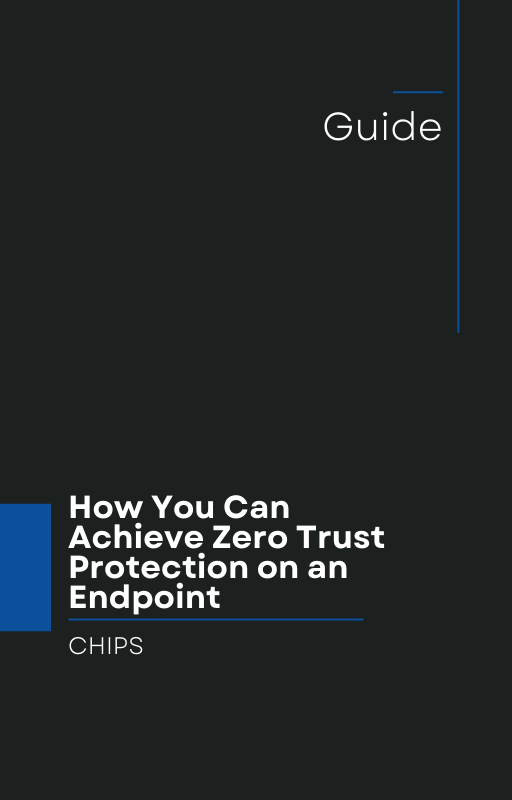Google has patched its third zero-day vulnerability in Chrome this year, underlining a disturbing trend in how frequently critical, unpatched flaws are being exploited in the wild.
As reported in CSO Online, this most recent flaw (CVE-2025-1234) is being actively exploited and targets Chrome’s V8 JavaScript engine—making it especially dangerous due to how deeply embedded it is in web browsing and enterprise applications.
While Google deserves credit for quickly patching the issue, the deeper concern is this: businesses are once again placed in reactive mode, scrambling to respond to an exploit after it’s already been used. This approach—Detect and Respond—is no longer sustainable in today’s cybersecurity climate.
Zero-Day Volume Is Increasing—and That’s a Problem
This latest exploit marks the third zero-day Chrome vulnerability in just seven months, and there’s no sign of the pace slowing. Attackers are getting faster, stealthier, and more automated. Zero-day exploits are now a regular part of cybercriminal toolkits, used to bypass traditional defenses that rely on known signatures or behavior-based detection.
In this case, the vulnerability resided in Chrome's V8 engine, a critical part of how websites execute JavaScript. When exploited, it allowed attackers to execute arbitrary code on the user’s machine—potentially leading to full system compromise.
This threat is not limited to web browsing. It affects any business relying on cloud apps, browser-based interfaces, and SaaS platforms—which is nearly everyone. Once the exploit is in the wild, traditional tools like antivirus and EDR (Endpoint Detection and Response) are already behind the curve.
Detect and Respond Can’t Keep Up
Let’s be honest: "Detect and Respond" sounds proactive, but in the case of zero-days, it's inherently reactive. These tools depend on either:
-
The threat being seen before (signatures), or
-
Behavioral anomalies being detected during runtime.
Zero-days, by their nature, don’t match any known signature, and their behaviors can be subtle or intentionally obfuscated. Detection often comes after damage is done. Even when patches are released quickly, there's still a window of exposure while users and organizations scramble to deploy them.
That’s the exact window adversaries rely on—and it’s how ransomware spreads, credentials get stolen, and business operations grind to a halt.
A Better Path: Isolation and Containment
There is a smarter way forward: Isolation and Containment.
Instead of trying to detect every possible threat, AppGuard takes an entirely different approach. It prevents untrusted applications and processes from performing harmful actions—regardless of whether the threat is known, unknown, or a zero-day. AppGuard does this without relying on updates, signatures, or patches.
In the case of a Chrome zero-day exploit, AppGuard’s policy enforcement would have contained the threat by blocking the unauthorized behavior at the process level. No alerts to analyze. No downtime. No waiting for a patch. Just silent, effective protection.
That’s why AppGuard has a 10-year track record of zero breaches—a claim no other endpoint protection vendor can make.
Businesses Can’t Afford to Wait
Cyberattacks are no longer rare, targeted events. They’re widespread, frequent, and increasingly opportunistic. If your business is relying solely on traditional tools that promise to “detect and respond,” you’re gambling with your operations, your data, and your reputation.
It’s time to evolve.
At CHIPS, we work with organizations of all sizes to move beyond detection and embrace proactive containment with AppGuard. We can help you protect your business from the next zero-day—before it hits the headlines.
Let’s talk.
If you're ready to stop reacting and start preventing, contact us at CHIPS to learn how AppGuard can safeguard your endpoints—no patches, no alerts, no breaches.
Don’t wait for the next zero-day to force your hand. Prevention starts now.
Like this article? Please share it with others!

August 1, 2025

Comments